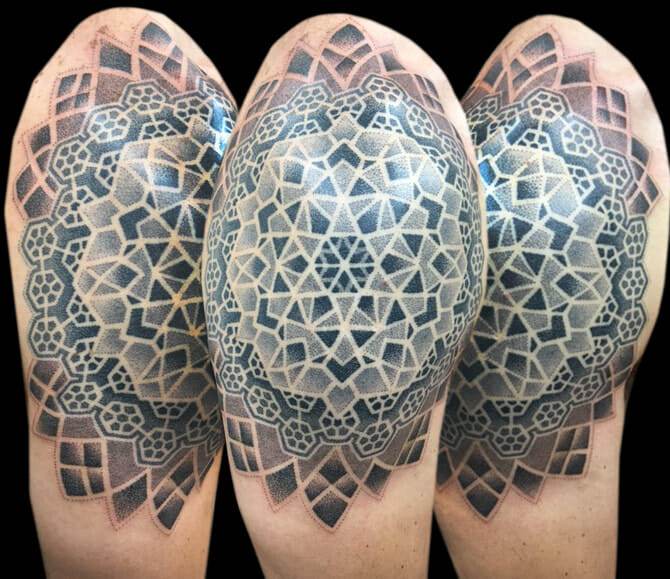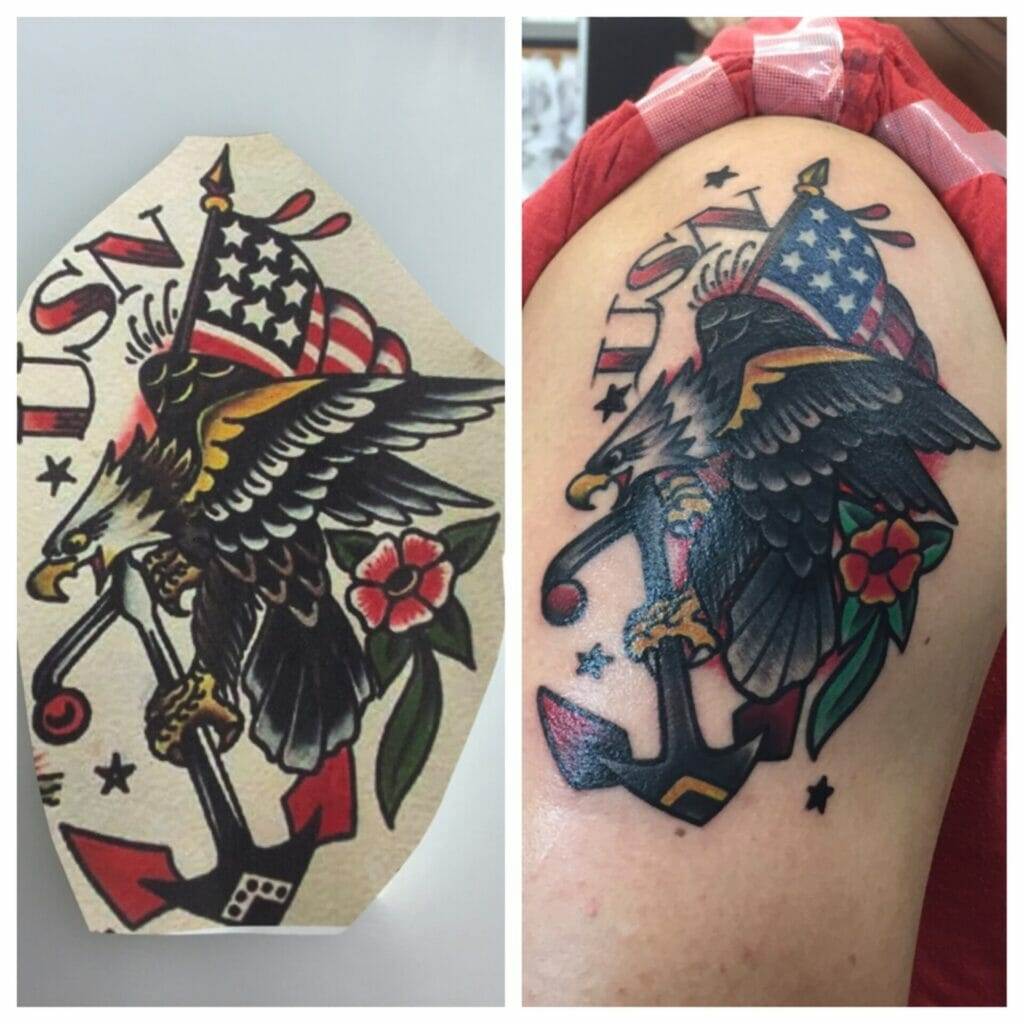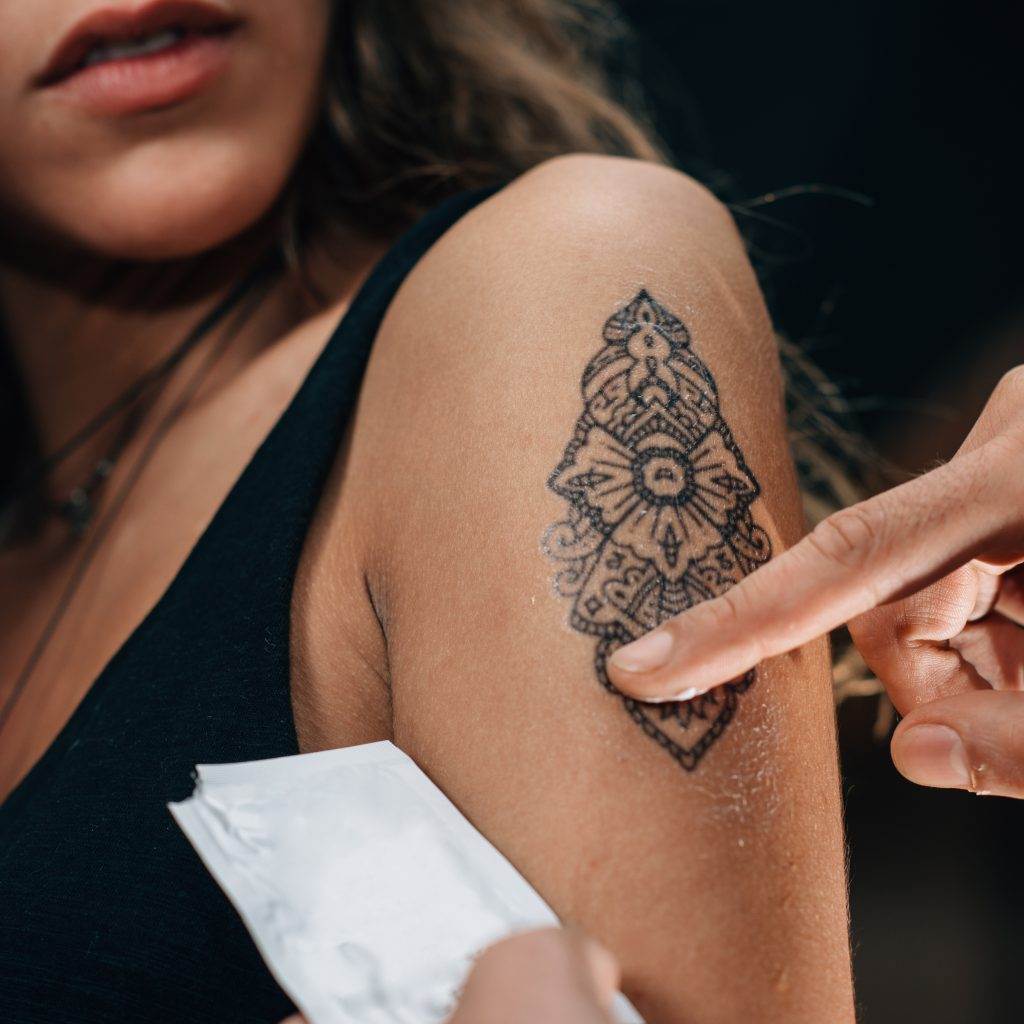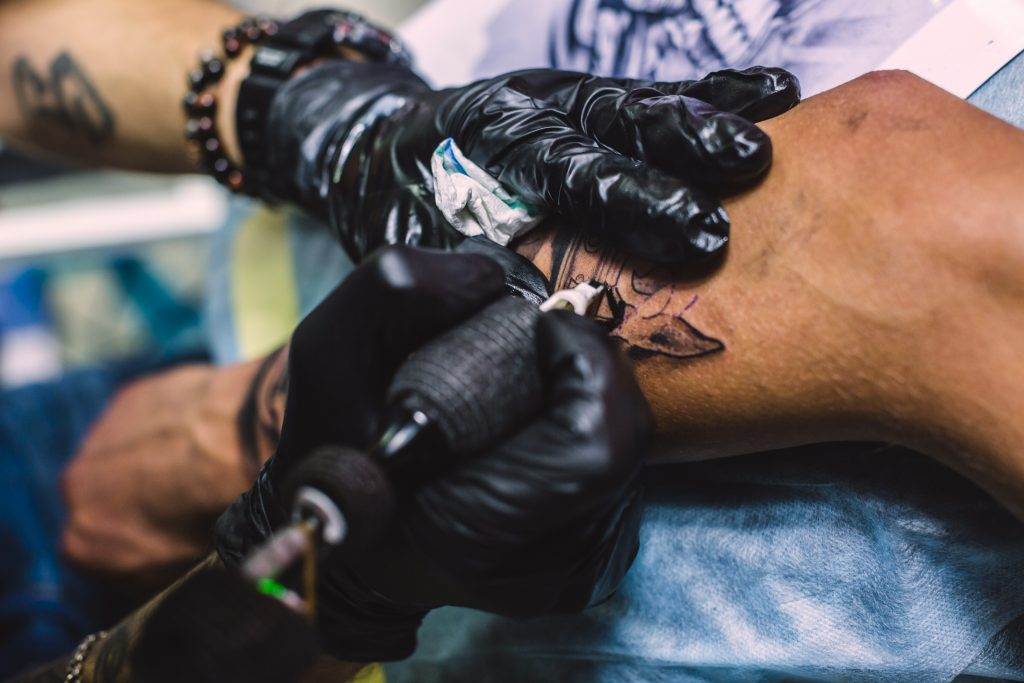Traditional tattoo designs have become increasingly popular in modern times, with many people opting for these timeless and classic designs. These designs are characterized by bold lines, vibrant colors, and a distinct style that sets them apart from other tattoo styles. Traditional tattoo designs have a rich history and cultural significance, making them a popular choice for those looking to express their individuality and pay homage to the past.
The History of Traditional Tattooing
The origins of traditional tattooing can be traced back to ancient cultures around the world. In ancient Egypt, tattoos were used as a form of protection and identification, with symbols representing gods and goddesses inked onto the skin. In Polynesia, tattoos were seen as a rite of passage and were used to signify social status and achievements. The Maori people of New Zealand had intricate facial tattoos that represented their genealogy and tribal affiliations.
Over time, traditional tattooing techniques evolved and spread to different parts of the world. In Japan, the art of traditional tattooing, known as irezumi, became popular during the Edo period. These tattoos were often full-body suits that depicted traditional Japanese motifs such as dragons, koi fish, and cherry blossoms. In the West, traditional tattooing gained popularity in the 19th century with the rise of circuses and sideshows. Sailors also played a significant role in popularizing traditional tattoo designs, as they would often get tattoos to commemorate their travels and experiences.
The Cultural Significance of Traditional Tattoo Designs
Traditional tattoo designs hold deep cultural significance and reflect the values and beliefs of different cultures around the world. For example, in Polynesian culture, tattoos are seen as a way to connect with one’s ancestors and carry their wisdom and protection. Each symbol used in Polynesian tattoos has a specific meaning and represents different aspects of life such as strength, courage, and family.
In Native American culture, tattoos were used to tell stories and represent one’s tribal identity. Different tribes had their own unique tattoo designs, with each symbol carrying a specific meaning. These tattoos were often earned through acts of bravery or as part of a rite of passage.
In Celtic culture, tattoos were used to symbolize one’s heritage and spiritual beliefs. Knotwork and spirals were common motifs in Celtic tattoos, representing the interconnectedness of all things and the eternal cycle of life.
The Symbolism of Animal Tattoos in Traditional Cultures
Animal tattoos have always held a special significance in traditional cultures. In many ancient civilizations, animals were seen as sacred beings and were believed to possess certain qualities that humans could learn from. For example, the lion was seen as a symbol of strength and courage in ancient Egypt, while the eagle represented freedom and power in Native American culture.
Specific animal tattoos also held different meanings in different cultures. In Chinese culture, the dragon is a symbol of power, wisdom, and good luck. In Hinduism, the elephant is considered a sacred animal and represents strength, wisdom, and prosperity. In Norse mythology, the wolf is associated with Odin, the god of war and wisdom.
The Spiritual Significance of Traditional Tattoo Designs
Traditional tattoo designs are often deeply connected to spirituality and religion. In many ancient cultures, tattoos were seen as a way to communicate with the gods or to protect oneself from evil spirits. For example, in Hinduism, tattoos depicting deities such as Shiva or Ganesha are believed to bring blessings and protection.
In Buddhism, tattoos are seen as a form of meditation and a way to connect with one’s inner self. Buddhist monks often have intricate tattoos known as Sak Yant, which are believed to provide spiritual protection and guidance.
The Importance of Geometric Patterns in Traditional Tattoos

Geometric patterns play a significant role in traditional tattoo designs. These patterns are often used to symbolize balance, harmony, and the interconnectedness of all things. In many ancient cultures, geometric patterns were believed to have spiritual and mystical properties.
For example, in Aztec culture, geometric patterns were used to represent the gods and their powers. These patterns were often incorporated into tattoos as a way to honor and connect with the divine.
In Islamic culture, geometric patterns are a common motif in traditional tattoos. These patterns are seen as a way to represent the infinite nature of God and the universe.
The Meaning Behind Traditional Tribal Tattoos
Tribal tattoos have a long history and hold deep cultural significance in many traditional cultures. These tattoos are often used to represent one’s tribal identity, social status, or achievements. Each tribe has its own unique tattoo designs and symbols, with each carrying a specific meaning.
For example, in Maori culture, facial tattoos known as moko are used to represent one’s genealogy and tribal affiliations. These tattoos are seen as a sign of strength and courage and are earned through acts of bravery.
In Native American culture, tribal tattoos are used to tell stories and represent one’s connection to the land and nature. Different tribes have their own unique tattoo designs, with each symbol representing different aspects of life such as protection, wisdom, or fertility.
The Role of Traditional Tattoo Designs in Rites of Passage
Traditional tattoo designs have long been used in rites of passage in many cultures around the world. These tattoos are often earned through acts of bravery or as a way to mark significant milestones in one’s life.
In Polynesian culture, for example, young men would receive their first tattoo as a rite of passage into adulthood. These tattoos would often cover large parts of the body and would take several sessions to complete. Each symbol used in these tattoos represented different virtues such as strength, courage, and loyalty.
In Japanese culture, traditional tattoos were often used to mark the completion of a certain task or achievement. For example, samurai warriors would receive tattoos to commemorate their victories in battle or to honor their fallen comrades.
The Significance of Traditional Tattoo Designs in Modern Society
Despite the advancements in tattooing technology and the rise of new tattoo styles, traditional tattoo designs continue to be popular in modern society. These designs have a timeless appeal and are often chosen for their bold and iconic look.
Many people choose traditional tattoo designs as a way to connect with their heritage and pay homage to their ancestors. These tattoos serve as a reminder of one’s roots and cultural identity.
Traditional tattoo designs are also seen as a form of self-expression and individuality. Many people choose these designs because they resonate with them on a personal level and hold a deeper meaning.
The Preservation of Traditional Tattooing Techniques
With the rise of modern tattooing techniques, there is a growing concern about the preservation of traditional tattooing techniques. Many traditional tattoo artists are working hard to keep these ancient techniques alive and pass them on to future generations.
Efforts are being made to document and study traditional tattooing techniques, as well as to provide training and education for aspiring traditional tattoo artists. Organizations such as the Traditional Tattoo Association are dedicated to preserving and promoting traditional tattooing techniques around the world.

The Enduring Legacy of Traditional Tattoo Designs
Traditional tattoo designs have a rich history and cultural significance that continues to resonate with people in modern times. These timeless designs serve as a way to connect with our past, express our individuality, and honor our heritage.
Whether it’s the bold lines and vibrant colors of traditional American tattoos or the intricate patterns of Polynesian tattoos, traditional tattoo designs have an enduring legacy that will continue to inspire and captivate people for generations to come.



